Collaboration is the key for Effective Risk Management at Workplaces.
Heavy Industrial workplaces, by their very nature,
pose inherent risks to workers, particularly when it comes to performing
maintenance work on equipment.
While all risks cannot be completely eliminated,
they must be identified and mitigated to ensure the safety and well-being of
maintenance and engineering personnel.
In the first section of this article, we will
explore the top 20 ways in which maintenance and engineering staff can work
together with the production department to effectively manage risks associated
with maintenance work in high-risk environments.
1. Conducting Comprehensive Risk
Assessments.
Collaboration between maintenance and engineering
staff and the production department begins with conducting thorough risk
assessments. This involves identifying potential hazards, evaluating their
likelihood and severity, and implementing appropriate control measures to
minimize or eliminate risks.
2. Establishing Clear
Communication Channels.
Open and transparent communication channels
between maintenance, engineering, and production departments are essential for
sharing information about potential risks, incidents, and near misses.
Regular meetings and safety briefings help ensure
that everyone is aware of the risks involved and the measures in place to
address them.
3. Implementing Standard
Operating Procedures.
Developing and implementing standardized operating
procedures for maintenance tasks helps ensure consistency and adherence to
safety protocols.
These procedures should include step-by-step
instructions, safety precautions, and guidelines for handling emergency
situations.
4. Providing Adequate Training.
Investing in comprehensive training programs for
maintenance and engineering staff is crucial for equipping them with the
necessary skills and knowledge to identify and manage risks effectively.
Training should cover topics such as hazard
recognition, equipment operation, and emergency response.
5. Promoting a Safety Culture.
A strong interdependent safety culture starts at
the top and permeates throughout the organization.
Encouraging a proactive approach to safety,
recognizing and rewarding safe behaviors, and fostering a sense of collective
responsibility for risk management can significantly contribute to a safer work
environment.
6. Conducting Regular Equipment
Inspections.
Regular inspections of equipment and machinery
help identify potential risks and ensure that they are promptly addressed.
Maintenance and engineering staff should
collaborate with production departments to establish inspection schedules and
follow-up procedures.
7. Utilizing Safety Checklists.
Checklists serve as valuable tools for ensuring
that all necessary safety measures are taken before, during, and after
maintenance work.
By systematically going through a checklist,
maintenance and engineering staff can minimize the chances of overlooking
critical safety precautions.
8. Implementing Lockout/Tagout
Procedures.
Lockout/tag-out procedures are essential for
preventing accidental energizing of equipment during maintenance work.
Collaborating with production departments to
establish and enforce these procedures helps safeguard workers from electrical
and mechanical hazards.
9. Providing Personal Protective
Equipment (PPE).
Collaboration between maintenance, engineering,
and production departments is crucial for identifying the specific PPE
requirements for each maintenance task.
Providing appropriate PPE, such as safety glasses,
gloves, and protective clothing, ensures that workers are adequately protected.
10. Conducting Job Hazard
Analysis (JHA).
Job hazard analysis involves breaking down
maintenance tasks into individual steps and identifying potential hazards
associated with each step.
Collaborative JHA sessions allow maintenance and
engineering staff to gain insights from the production department’s practical
knowledge and experience.
11. Performing Root Cause
Analysis.
When incidents or near misses occur, conducting
thorough root cause analysis helps identify the underlying factors and
contributing causes.
Collaborating with the production department
during these analyses can provide valuable insights for preventing future
incidents.
12. Regularly Reviewing and
Updating Risk Assessments.
Risks in industrial workplaces are dynamic and can
evolve over time. Collaborative efforts between maintenance, engineering, and
production departments should include regular reviews and updates of risk
assessments to ensure that new risks are identified and managed effectively.
13. Encouraging Near Miss
Reporting.
Near misses provide valuable opportunities for
learning and improving safety measures. By encouraging workers to report near
misses without fear of reprisal, maintenance, engineering, and production
departments can collaborate to analyse these incidents and implement preventive
measures.
14. Conducting Safety &
Maintenance Audits.
Collaborative safety and maintenance audits
involve joint inspections by maintenance, engineering, and production
departments to assess compliance with safety standards and identify areas for
improvement. These audits help ensure that risk management practices are
consistently followed.
15. Establishing Emergency
Response Plans.
Collaboration between maintenance, engineering,
and production departments is crucial for developing comprehensive emergency
response plans.
These plans should outline procedures for handling
emergencies, including evacuation, medical response, and communication
protocols.
16. Sharing Best Practices.
Regular sharing of best practices between
maintenance, engineering, and production departments fosters a culture of
continuous improvement.
Collaborative discussions and knowledge sharing
sessions allow for the dissemination of effective risk management strategies.
17. Conducting Safety Training
Sessions.
Collaboration between maintenance, engineering,
and production departments can involve joint safety training sessions. These
sessions provide an opportunity to address specific risk areas, reinforce
safety protocols, and promote a shared understanding of risk management
practices.
18. Establishing a Reporting
System for Safety Concerns.
Collaboratively establishing a reporting system
for safety concerns ensures that potential risks are promptly addressed.
Maintenance and engineering staff, along with the production department, should
have clear channels for reporting safety issues and a process for timely
resolution.
19. Engaging in Continuous
Improvement.
Collaboration for effective risk management should
not be a one-time effort. By engaging in continuous improvement initiatives,
maintenance, engineering, and production departments can work together to
identify and address emerging risks and enhance safety practices.
20. Celebrating Safety
Achievements.
Recognizing and celebrating safety achievements,
whether it be a significant reduction in incidents or the successful
implementation of risk management initiatives, reinforces the importance of
collaboration and encourages ongoing commitment to safety.
Collaborate and Succeed.
Collaboration between maintenance and engineering
staff and the production department is essential for identifying and
effectively managing risks associated with maintenance work in high-risk
industrial workplaces.
By implementing the top 20 strategies outlined in
this article, organizations can create a safer working environment, protect
their employees, and enhance overall operational efficiency.
We cannot always control when
equipment fails.
Unplanned equipment failures and breakdowns can be
a nightmare for businesses, especially when they trigger emergency response
maintenance repair actions.
These situations often require maintenance workers
to respond promptly, even during the middle of the night, to address critical
issues.
However, it is essential to recognize that these
emergency callouts pose significant risks to the safety of maintenance workers.
Continue reading as I explore why these situations
require an extra layer of safety precautions and why it is crucial for
engineering and maintenance teams to prevent such emergencies from occurring in
the first place.
The Inherent Risks of Emergency
Maintenance.
When maintenance workers are called upon to
respond to emergency repair actions, they often find themselves in
high-pressure situations.
Time is of the essence, and the urgency to restore
operations can lead to a rush in completing tasks. This sense of urgency,
coupled with fatigue during night time callouts, increases the likelihood of
accidents and injuries.
1. Increased Fatigue.
Working during the middle of the night disrupts
the body’s natural sleep-wake cycle, making maintenance workers more prone to
fatigue.
Fatigue impairs concentration, slows reaction
times, and decreases overall alertness. These factors can significantly
increase the risk of accidents and errors during emergency repair actions.
2. Limited Visibility.
Night time callouts often mean working in poorly
lit environments. Limited visibility can make it challenging to identify
potential hazards, leading to accidents and injuries.
Additionally, working in the dark can increase the
risk of trips, slips, and falls, further compromising worker safety.
3. Increased Pressure to Perform.
Emergency response maintenance repair actions are
often associated with critical systems and equipment failure. The pressure to
resolve the issue quickly can lead to shortcuts or compromised safety
procedures.
In such situations, the risk of accidents or
equipment damage escalates, putting both workers and the organization at
further risk.
The Need for Safety Precautions.
Given the inherent risks involved in emergency
maintenance repair actions, it is imperative to implement additional safety
precautions.
These precautions not only protect the well-being
of maintenance workers but also contribute to the overall efficiency and
effectiveness of the repair process.
1. Comprehensive Risk Assessment.
Before initiating any emergency repair action, it
is crucial to conduct a thorough risk assessment. This assessment should
identify potential hazards, evaluate the severity of risks, and develop
strategies to mitigate them.
By understanding the risks involved, maintenance
teams can take appropriate measures to safeguard workers and prevent accidents.
2. Adequate Training and
Equipment.
Proper training is vital to ensure maintenance
workers are equipped with the necessary skills and knowledge to handle
emergency repair actions safely.
Additionally, providing workers with appropriate
personal protective equipment (PPE) tailored to the specific risks they may
encounter is essential. This includes high-visibility clothing, safety
harnesses, and protective eyewear, among others.
3. Regular Maintenance and
Inspections.
One of the most effective ways to prevent
emergency repair actions is through proactive maintenance and regular equipment
inspections.
By implementing a comprehensive maintenance
schedule and conducting routine inspections, potential issues can be identified
and addressed before they escalate into emergency situations.
This not only reduces the risk to workers but also
minimizes downtime and associated costs.
4. Continuous Improvement and
Collaboration.
Engineering and maintenance teams should work
together to identify areas for improvement and implement strategies to prevent
unplanned equipment failures.
This may involve analysing historical data,
conducting root cause analysis, and implementing preventive maintenance measures.
By continuously striving to enhance reliability
and reduce the occurrence of emergencies, organizations can create a safer
working environment for maintenance workers.
Emergency Repairs are risk
intensive.
Emergency response maintenance repair actions are
inherently risky, particularly when they occur during the middle of the night.
The combination of increased fatigue, limited
visibility, and heightened pressure can lead to accidents and injuries.
To mitigate these risks, it is essential to prioritise
safety by conducting comprehensive risk assessments, providing adequate
training and equipment, implementing regular maintenance and inspections, and
fostering a culture of continuous improvement.
By taking these precautions and working towards
preventing emergencies in the first place, organizations can ensure the
well-being of maintenance workers and the overall success of their operations.
Predictive Maintenance can
eliminate costly failures.
When it comes to maintaining equipment and
machinery, the last thing any organization wants is a costly unplanned failure
or breakdown.
Not only do these disruptions lead to expensive
emergency response maintenance repairs, but they can also result in significant
downtime, lost productivity, and potential safety hazards.
Fortunately, with the advent of predictive
maintenance, organizations now have a powerful tool to minimize the likelihood
of such incidents and optimize their maintenance strategies.
The Power of Predictive
Maintenance.
Predictive maintenance is a proactive approach
that leverages advanced technologies and data analysis to predict when
equipment is likely to fail.
By monitoring various parameters and indicators,
such as temperature, vibration, and performance metrics, maintenance and
engineering staff can identify early warning signs of potential issues and take
preventive action before a breakdown occurs.
Unlike traditional reactive maintenance, where
repairs are done after a failure has already happened, predictive maintenance
allows organizations to plan and schedule maintenance activities in a
controlled and cost-effective manner.
By addressing issues before they escalate,
organizations can avoid emergency repairs, reduce downtime, and extend the
lifespan of their assets.
The Role of Early Detection in
Predictive Maintenance.
One crucial aspect of predictive maintenance is
early detection of asset defects. By identifying and addressing defects at an
early stage, organizations can prevent them from developing into major failures
that require extensive repairs.
Early detection also enables maintenance teams to
plan and allocate resources more efficiently, reducing the overall maintenance
costs.
My website article, “Early
Detection of Asset Defects,” provides valuable insights and guidance
for maintenance and engineering staff on what is required with predictive
maintenance.
It covers topics such as the importance of data
collection and analysis, the implementation of condition monitoring systems,
and the integration of predictive maintenance into existing maintenance
strategies.
To learn more about what’s required with predictive
maintenance, I invite you to read my informative article: Early
Detection of Asset Defects.
Benefits of Reading “Early Detection of Asset Defects“.
By reading my article, maintenance and engineering
staff can gain the following benefits:
1.
Understanding the principles and
benefits of predictive maintenance.
2.
Learning about the key components
of a successful predictive maintenance program.
3.
Discovering best practices for
data collection and analysis.
4.
Exploring the role of condition
monitoring systems in predictive maintenance.
5.
Understanding how to integrate
predictive maintenance into existing maintenance strategies.
Don’t miss out on the opportunity to enhance your
knowledge and optimise your maintenance practices.
Click here to access the full article and take a
step towards more efficient and cost-effective maintenance.
Remember, by embracing predictive maintenance and
staying ahead of potential failures, organizations can minimize costly
equipment breakdowns, reduce emergency response repairs, and maximize the
lifespan of their assets.
Stay proactive, stay efficient, and stay ahead
with predictive maintenance!

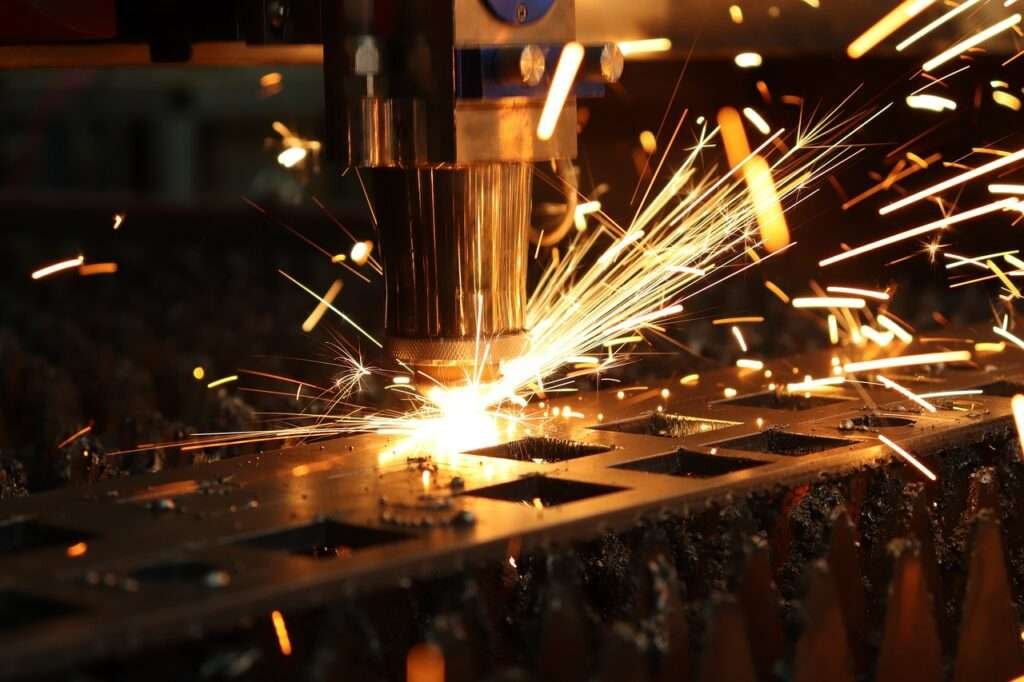

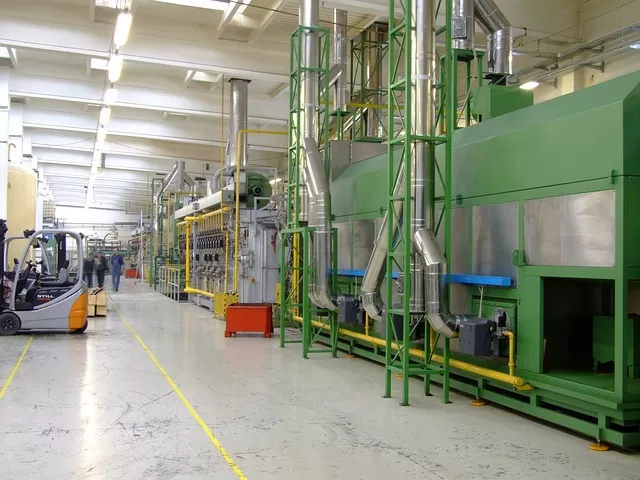
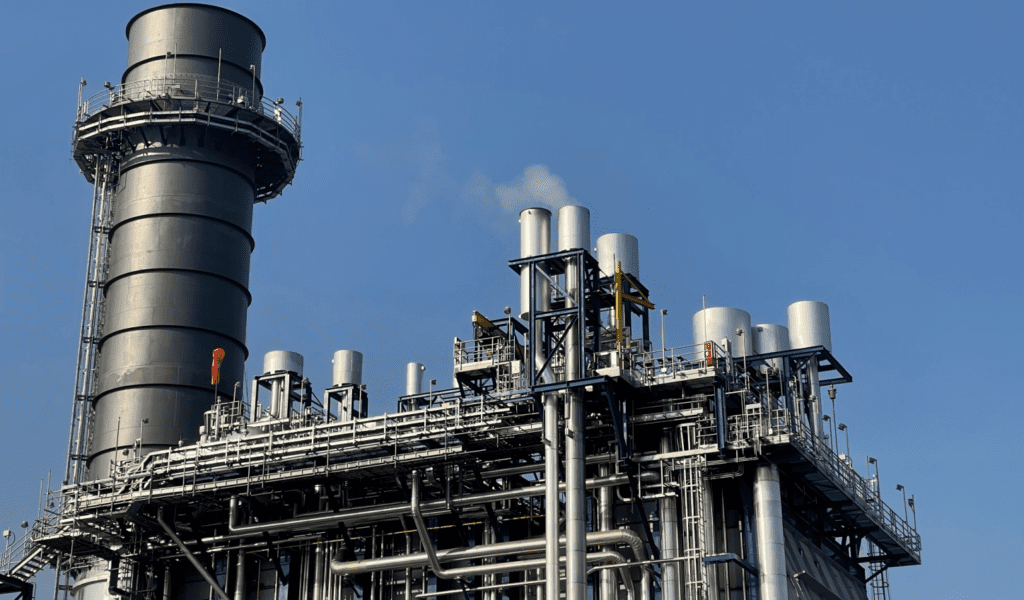
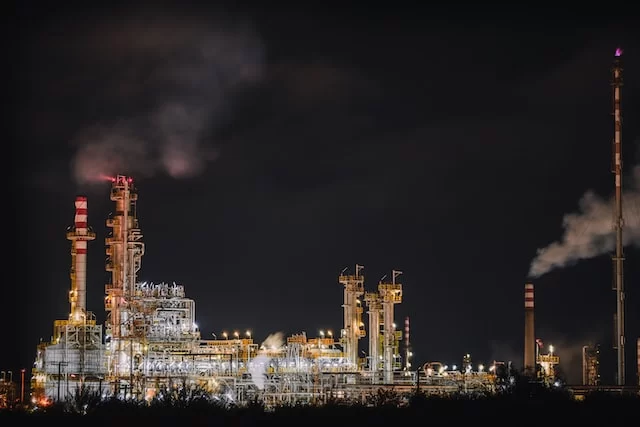
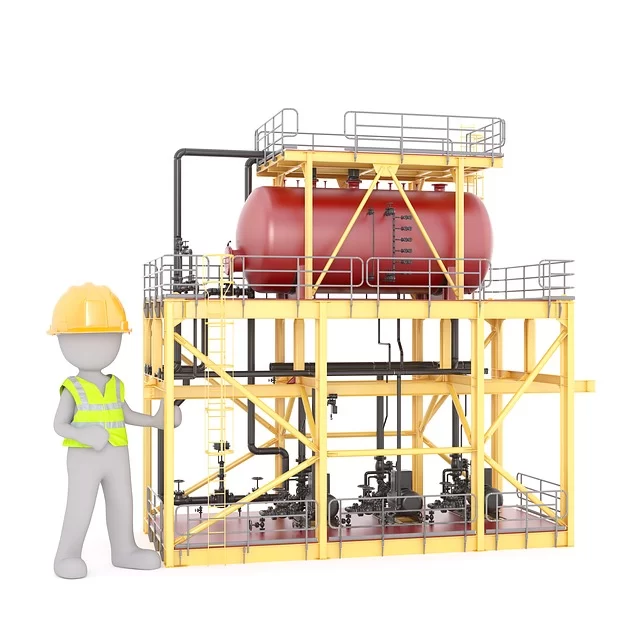
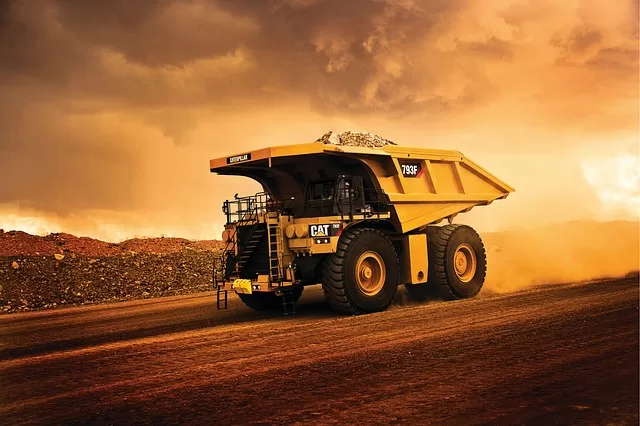
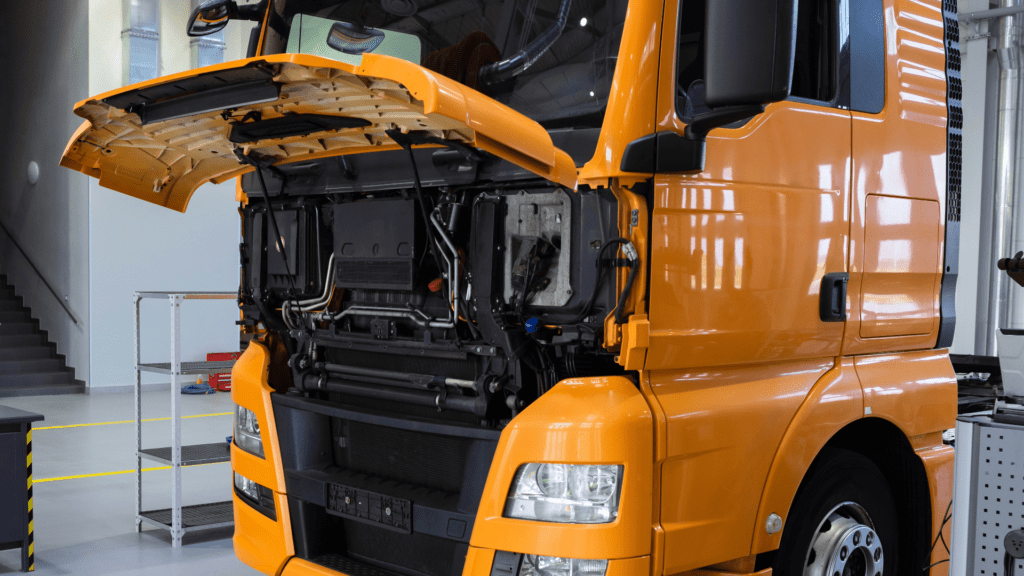
[…] Oracle’s E-Business Suite, IBM Maximo & Ellipse include compliance and risk management features that enable organizations to monitor and mitigate risks […]